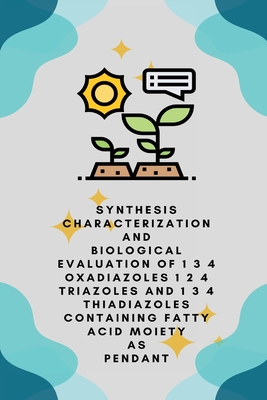
Synthesis characterization and biological evaluation of 1 3 4 oxadiazoles 1 2 4 triazoles and 1 3 4 thiadiazoles containing fatty acid moiety as penda
Description
Plants, animals and microbial origins generally contain even numbers of carbon atoms in straight chains, with a carboxylic group at one end and double bonds of the Cis configuration in specific positions in relation to this. In animal tissues, the common fatty acids vary in chain length between 14-22, but on occasions can span between 2-36 or even more. Fatty acids found in animal tissues have one to six double bonds, whereas those in algae have up to five bonds. Higher plants rarely have more than three, whereas microbial fatty acids occasionally have more than one. The fatty acids which are derived from triglycerides or phospholipids have a chain of 4 - 28 carbons. Fatty acids which are not attached to other molecules are known as free fatty acids which on breakdown yield large quantities of ATP. Many cell types use either glucose or fatty acids for this purpose. In particular, heart and skeletal muscle prefer fatty acids. Gunstone, 1981].

